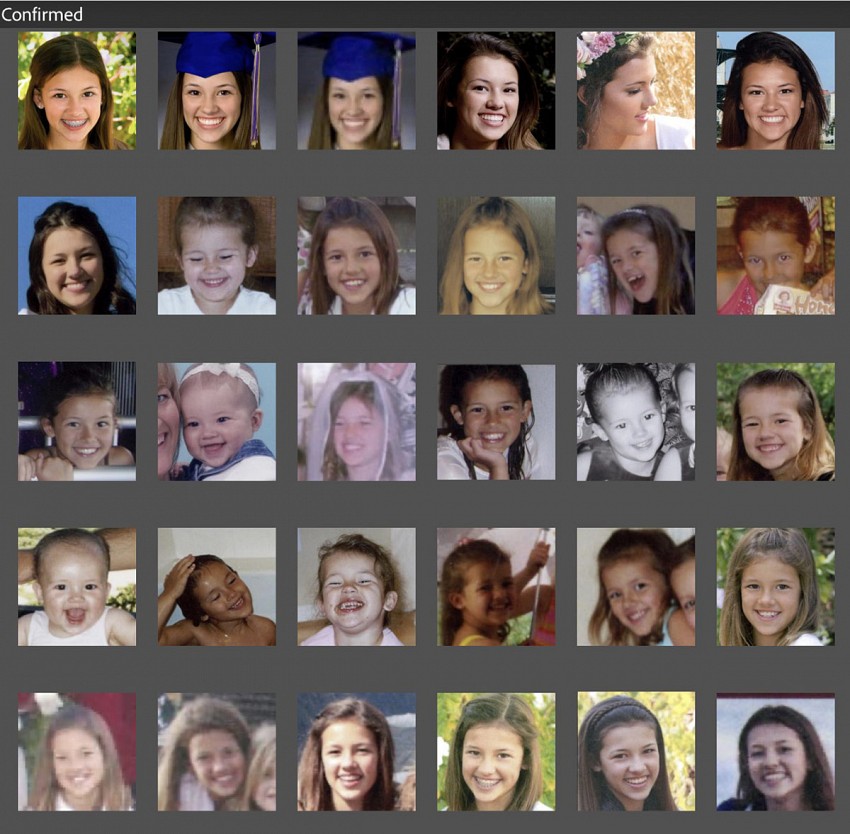Fun Tech and Must-Have Storage Solutions

Rachel Arbuckle | 17th January, 2023 | 3 Mins Read

The job of a professional photo manager is to ensure your photo collection is accessible. There are a few ways to achieve that goal:
A simple but effective system for your print photos means you can locate them in only a few minutes. It's most common to organize in chronological order. This makes it speedy to find images from October 2016, for example. But how often do you know the date of the photo you need? Usually, you're looking for Rebecca scoring a goal. Or all the road trips you took with your Dad. This is when your fingers run through the prints arranged in that pristine archival box. And you start to get distracted by all the fun memories!
While it may be easy to look through your precisely organized print photos it doesn't mean it's fast. To speed up your search, you'll need some advanced techniques. And it's worth it! How would it feel to use Google to find your photos in milliseconds?
That's the result you can get when you apply technology to take your collection to the next level.
Automation can make your life easier and allow you to enjoy your images to the fullest. You'll be able to share them and make gifts such as photobooks, videobooks, and slideshows.
Facial recognition and keywords can help you sort through your thousands of photos.
First. you'll have to get all your print photos scanned so you have digital copies. Then you'll layer in the fancy footwork.
You're already using this technology when you open your smartphone by holding it up to your face. Here's how it works for your photo collection:
1. Your digital files are stored in a photo editor, such as Lightroom.
2. When you label a face in a photo with someone's name, the program will save that information to the files meta-data (this is the descriptive data that details information about the specific file). It will then look through your files for that same face. The resulting photos are then confirmed manually and labeled with that person's name.
3. You are building a database of photos that can be searched by name!
This is particularly useful if you are looking for group photos. Type "James and Tess" and every photo that has those two people in it, will appear in seconds.
Keywords are descriptors applied to groups of photos. When you search google for a recipe, your keywords are: "vegetarian dinner eggplant fast."
Apply the same logic to your digital files.
For example, if you upload a batch of photos from a swim meet, label them with the keyword "swim meet." Other examples are "France," "4th of July," "wedding," "Chicago condo" and "Stanford."
Again, your entire photo set can be searched using these terms to find exactly what you want to see.
You could search:
"James Tess France" and retrieve every photo of James and Tess in France. A clean, targeted result in seconds.
That's what it means to have an accessible photo collection. It doesn't matter if you have hundreds of photos or thousands of photos. You can sort a digital collection that has facial recognition and keywords. In an instant.
2000 Paces applies this technology when a client requests digital photo organizing. We sincerely believe that a photo collection is only as good as your ability to enjoy it.
